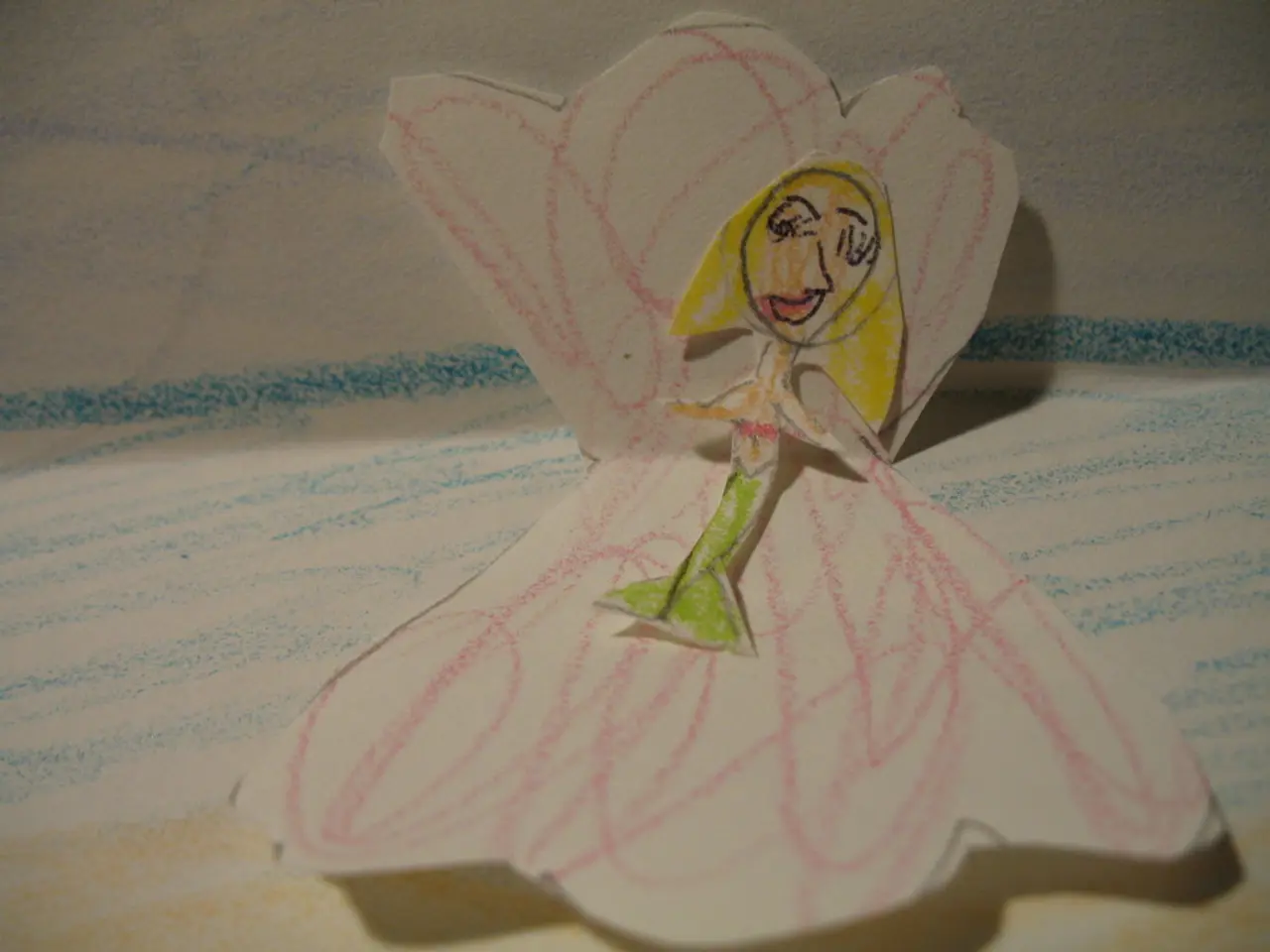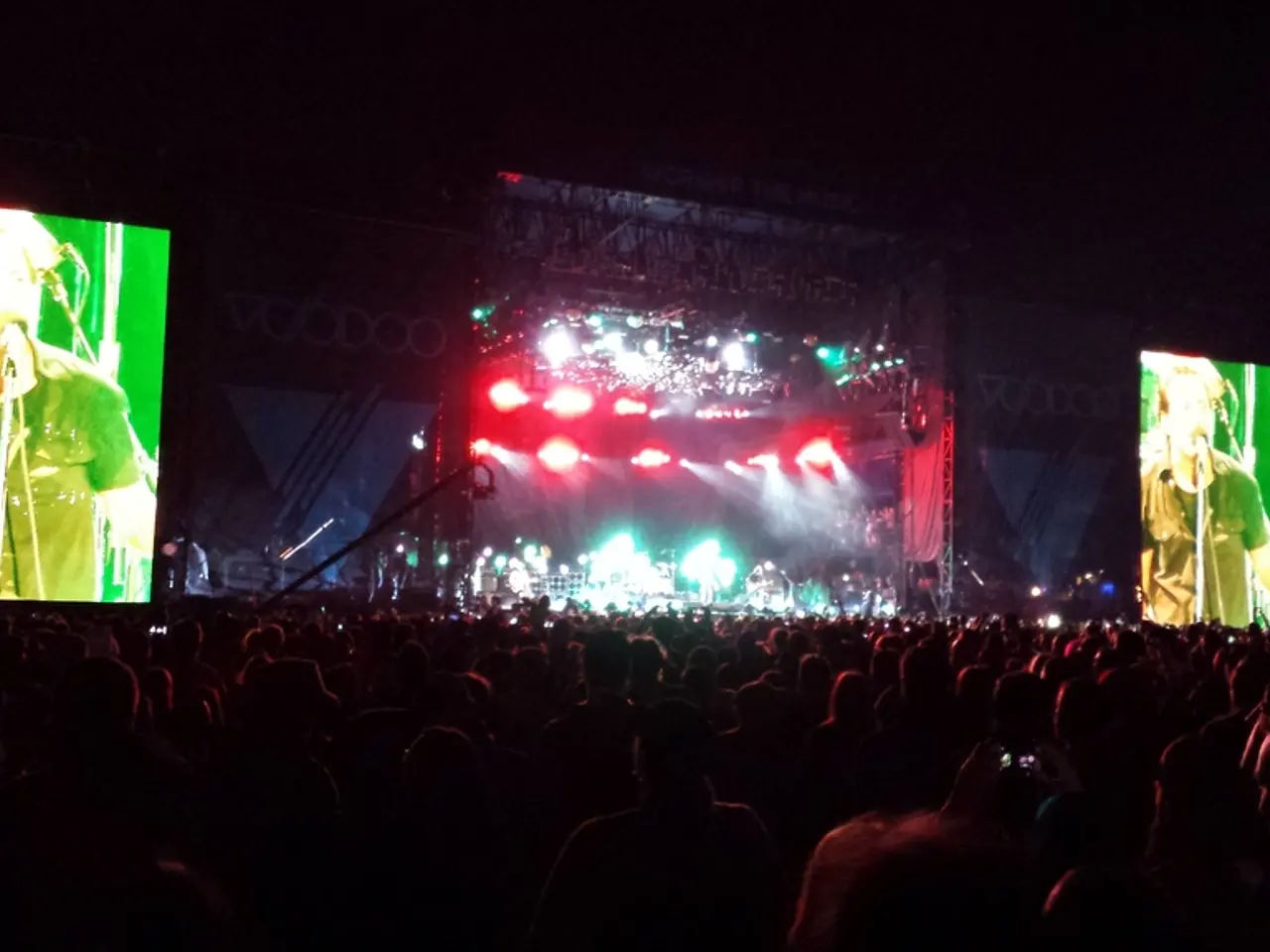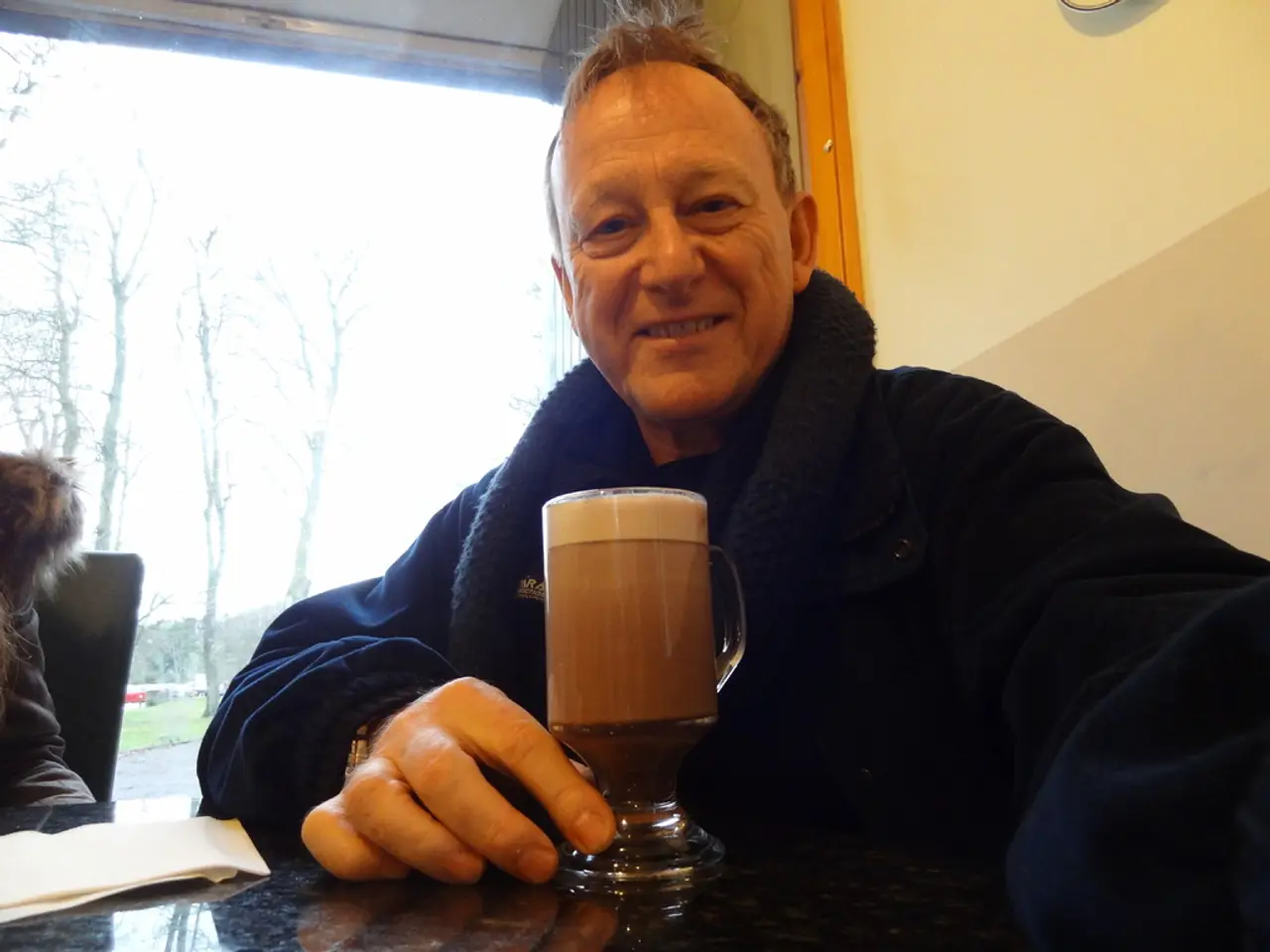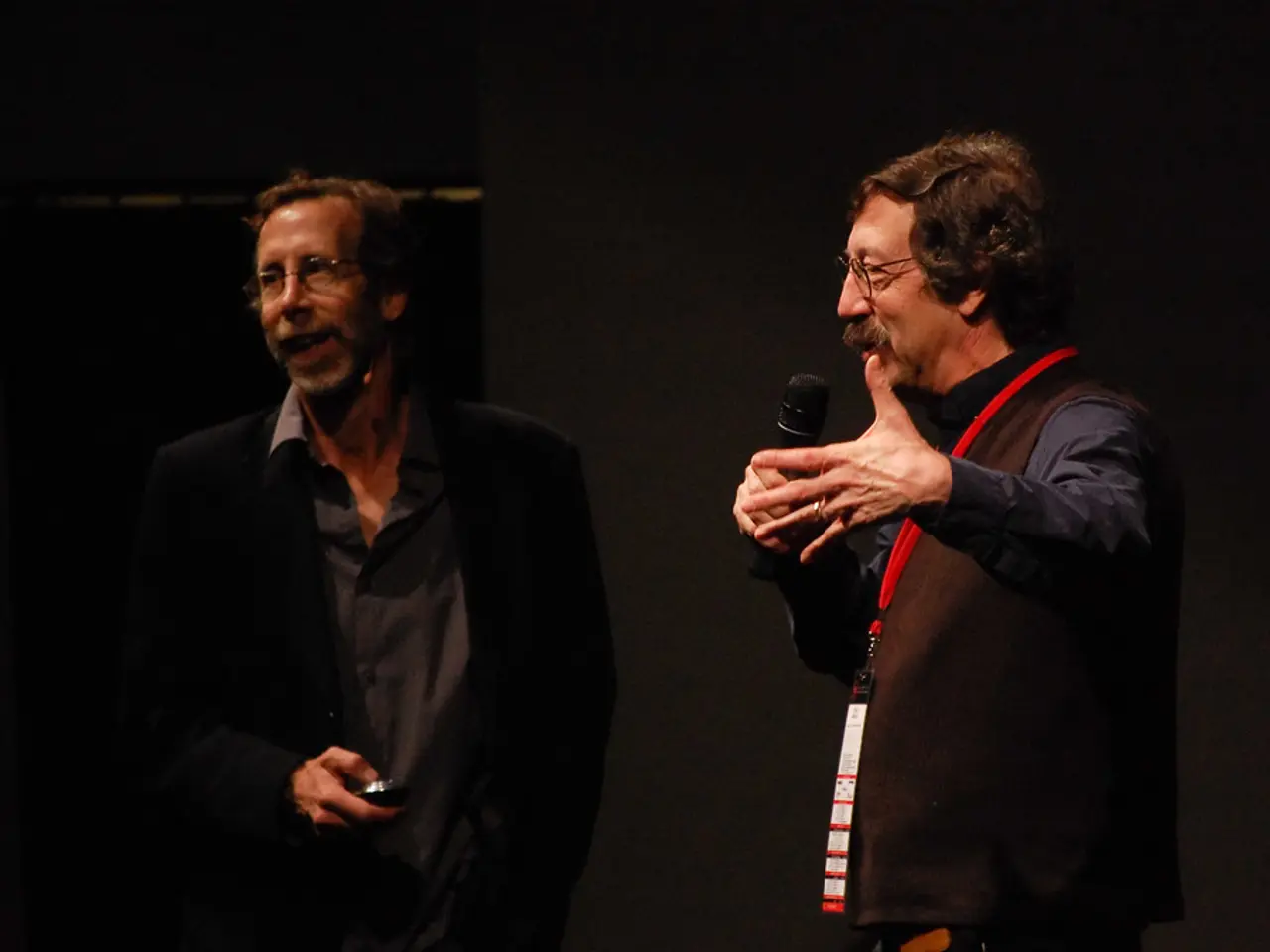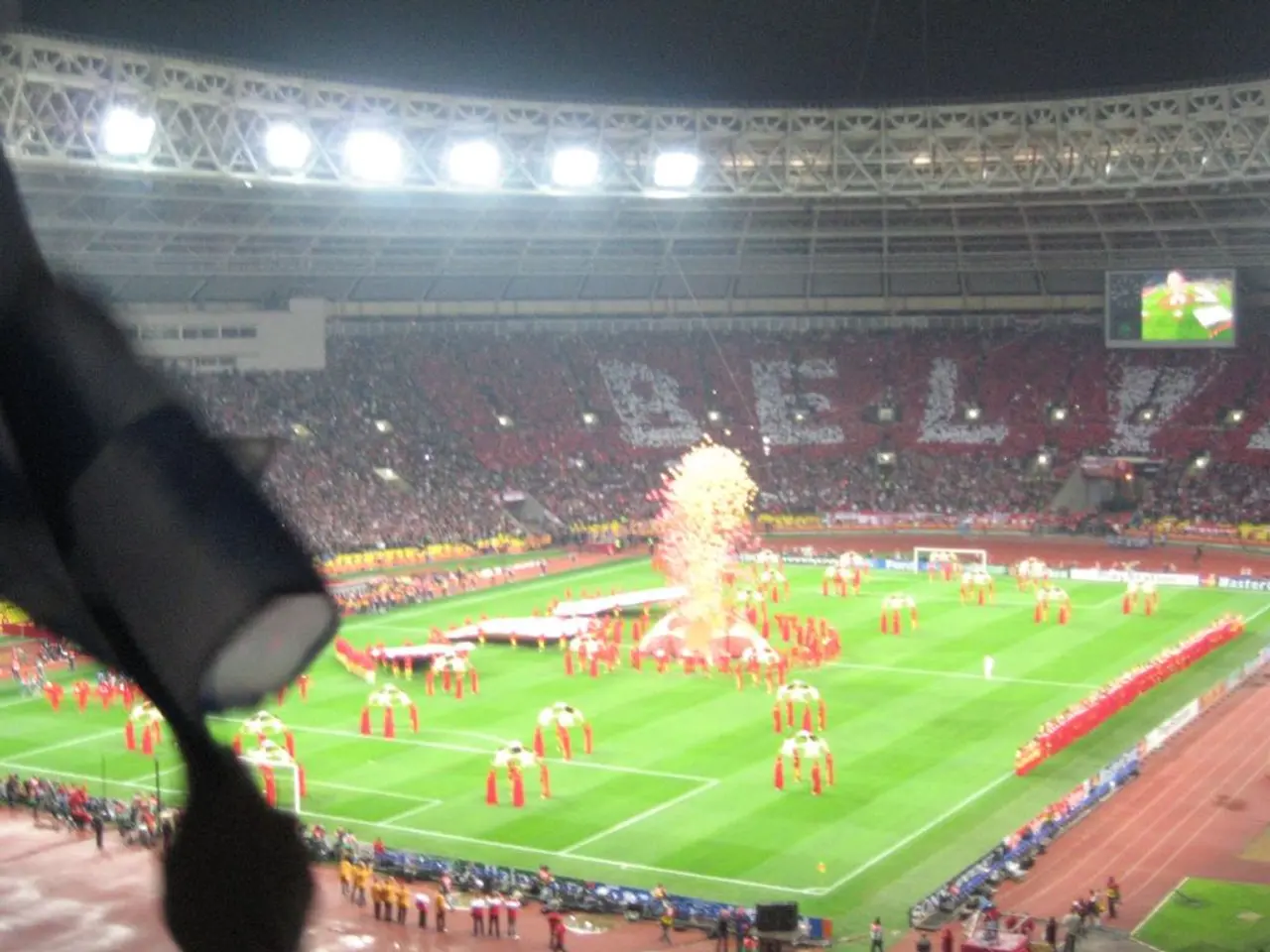Writers Tolkien and Lewis: Freestyler vs. Schemer
In the world of literature, few friendships have left as lasting an impact as that between C.S. Lewis and J.R.R. Tolkien. While both men were revered for their imaginative storytelling and scholarly prowess, their approaches to writing were as different as their most famous creations.
According to Diana Pavlac Glyer, an expert on the Inklings, Lewis was a thinker who tended to ponder ideas before committing them to paper. Tolkien, on the other hand, wrote to discover what he wanted to say. This dichotomy is further evident in their approaches to revising their works. Tolkien reworked his manuscripts extensively, even after the suggestion of publication, while Lewis was restless to move on after finishing a story.
Tolkien's creative process was highly structured, involving intricate development of languages and histories before and during writing. His legendary legendarium, with its extensive background mythology, languages, and evolving narratives, is a testament to his meticulous world-building approach. This is evident in how his stories, like the evolving tale of Beren and Lúthien, changed as part of a larger, detailed mythic history he developed over decades.
Tolkien valued collaboration and allowed others to engage with his ideas, which helped the creative process flourish. In contrast, Lewis's process was influenced by his academic background, personal experiences, and theological reflections, and his writing sometimes emerged from more spontaneous or thematic inspiration rather than a tightly pre-planned plot structure.
Despite these differences, neither author fit neatly into the pantser (writing by the seat of the pants, without plotting) versus plotter (careful planning) dichotomy. Tolkien, with his detailed preparation and world-building, can be seen as a plotter, while Lewis represented a more flexible approach but not a pure pantser in the modern writing sense. Their friendship and mutual influence also meant their styles cross-pollinated rather than fitting neatly into a binary framework.
Author Andrea Lundgren, in expressing a personal feeling of being dismissed when compared to plotters in writing discussions, highlights the importance of understanding that every writer has their unique process. As we delve deeper into the lives and works of these literary giants, it becomes clear that their friendship and shared passion for storytelling transcended any differences in their writing processes, leaving a rich and enduring legacy for readers to enjoy.
[1] Glyer, D. P. (2010). The Company They Keep: C. S. Lewis and J. R. R. Tolkien as Writers in Community. HarperOne. [2] Lewis, C. S., & Tolkien, J. R. R. (1974). The Letters of J.R.R. Tolkien. Houghton Mifflin Harcourt. [3] Lundgren, A. (2017). The Writer's Guide to Building Believable Worlds: A Practical Handbook for Crafting Hard-Science Fiction, Fantasy, and Everything in Between. Writer's Digest Books. [4] Shippey, T. A. (2014). The Road to Middle-earth. HarperCollins Publishers.
Books on these literary giants offer insights into their unique approaches to entertainment. For instance, Tolkien's creative process was structured, involving intricate language development and mythology creation, as seen in his legendary legendarium (Glyer, 2010). On the other hand, Lewis's writing was more flexible and spontaneous, influenced by his academic background, personal experiences, and theological reflections (Lundgren, 2017). Both authors, however, defy categorization as purely plotters or pantsers, their styles cross-pollinating due to their shared passion for storytelling (Shippey, 2014).
